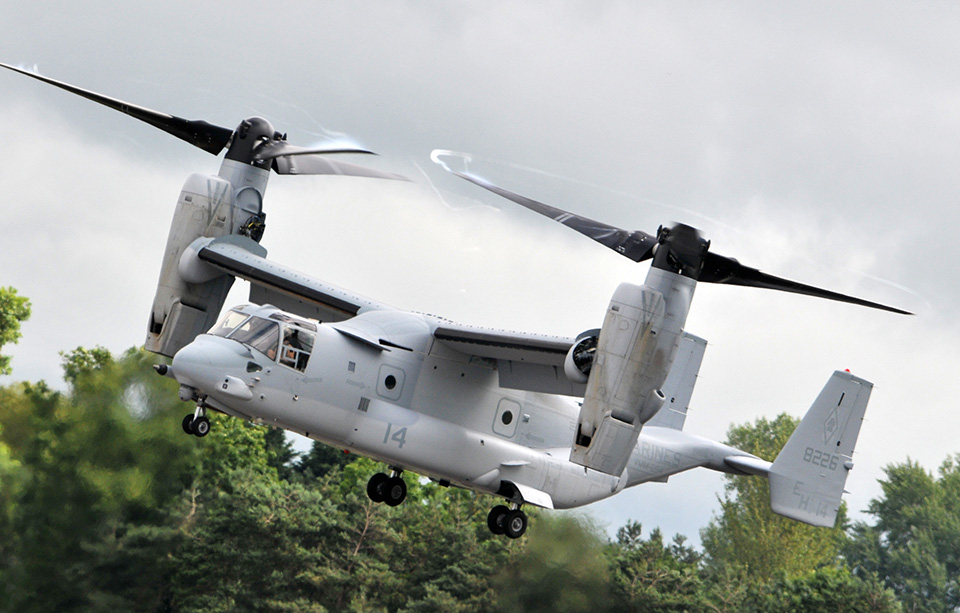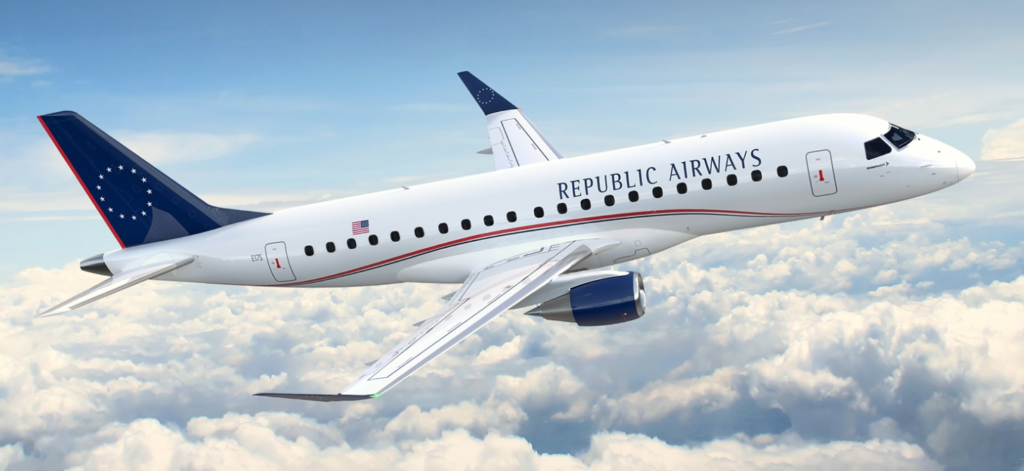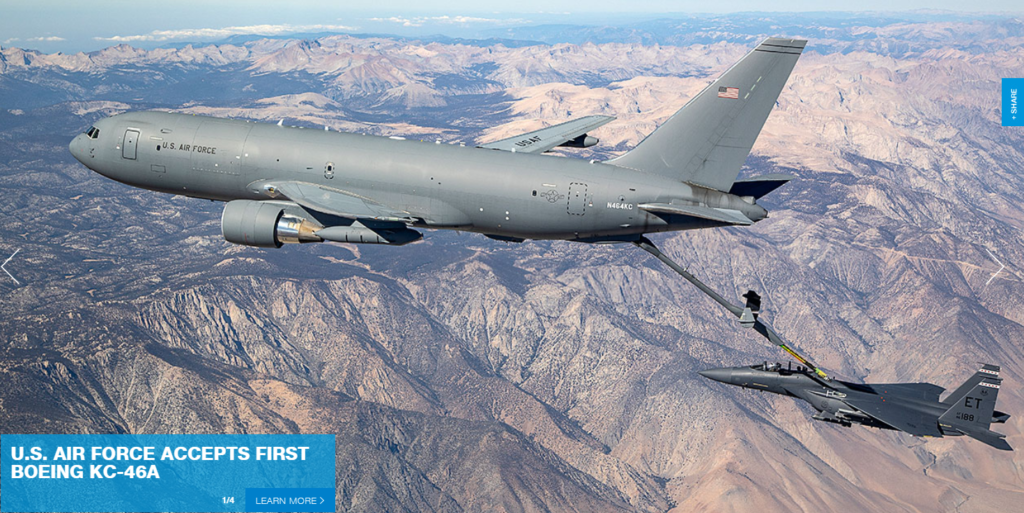Boeing and Safran Announce Initium Aerospace APU Joint Venture
CHICAGO and PARIS, Feb. 13, 2019 /PRNewswire/ -- Boeing [NYSE: BA] and Safran [EPA: SAF] today announce the name of their 50-50 joint venture to design, build and service Auxiliary Power Units (APUs): Initium Aerospace. From…



